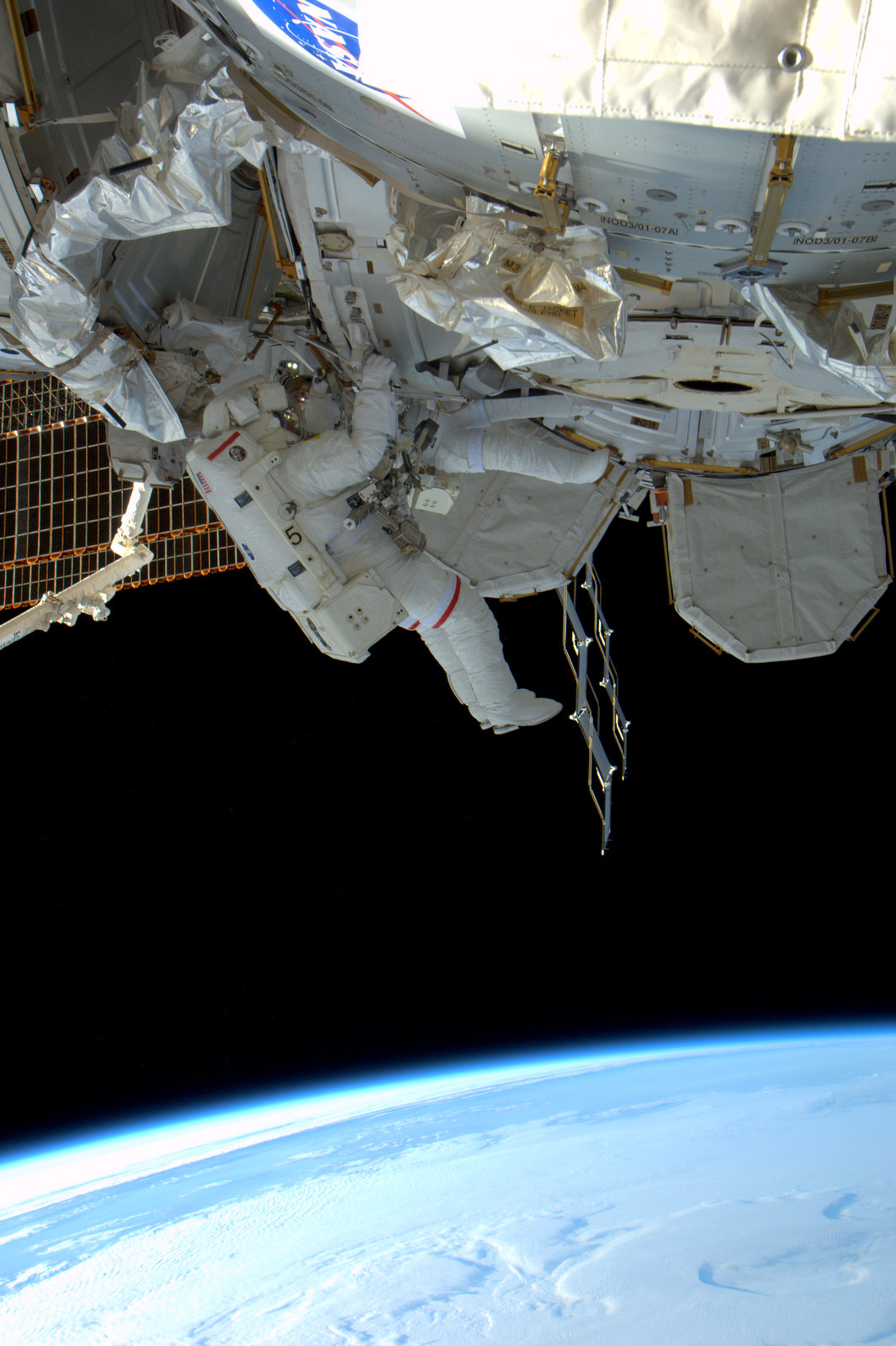Testing Mars and Moon soil for radiation shelters
16 October 2012
One of the greatest threats to the health of astronauts is space radiation. Energetic particles travelling through space at close to the speed of light can cause major damage to body cells, resulting in a much greater risk of cancer. In order to find out how best to protect crew members from this bombardment, ESA is working with a Centre in Germany to test different types of shielding, including Moon and Mars soil.
Space is filled with charged particles, meaning that astronauts are officially classed as radiation workers. Some of the particles come from intense, but short-lived, storms on the Sun. Others, known as cosmic rays, are produced by dying stars in distant galaxies.
At present, space radiation is not so much of a problem, because the International Space Station orbits within Earth’s magnetic field. This magnetic field acts as a shield against most space radiation. However, crews travelling to the Moon and Mars will be much more at risk from high energy cosmic radiation, so special shielding will be required.
The ESA team is using the GSI particle accelerator in Darmstadt, Germany, to test potential shield materials. Materials tested include aluminium, water, polyethylene plastic, multilayered structures and simulated Moon and Mars material.
Denser and thicker radiation shielding is not always better. Cosmic rays striking metal shields can produce showers of secondary particles that might be even more harmful. In general, lighter materials such as water and plastic provide better protection. New, hydrogen-rich materials developed by a company in the UK are so far looking very promising.






